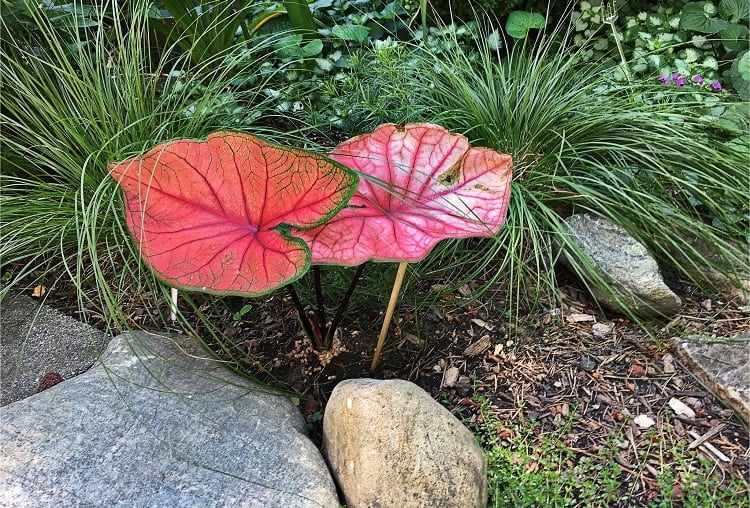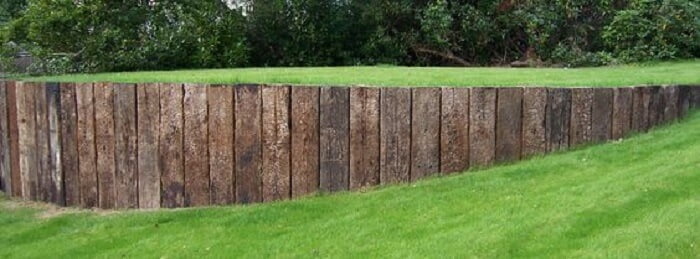If you are a fan of gardening and want to see your backyard full of plants, you need plenty of time to do the planting, tending, and caring. However, there is a low maintenance solution that is eco-friendly as well. This solution is called native gardening or if it sounds more familiar to you, natural landscaping. Since native plants are easier to grow in the region, taking care of such a garden should not be a challenge.
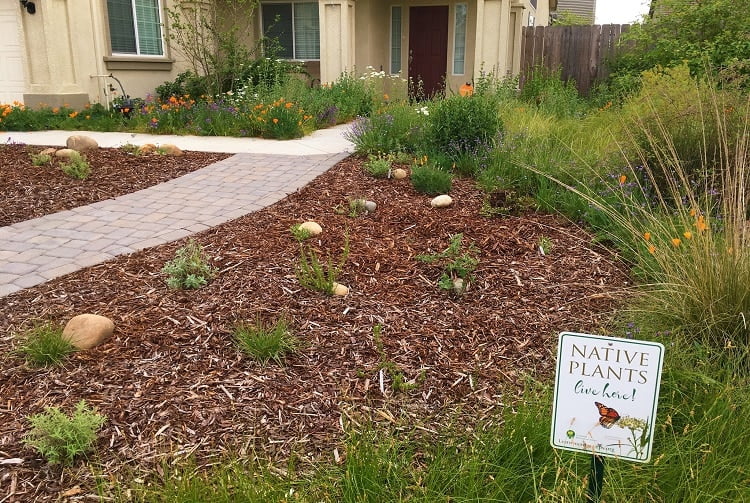
What Is Native Gardening?
Native gardening consists of growing only plants that are native to a specific area. This includes everything, starting from trees or shrubs, to flowers, grass, or any kind of groundcover. Absolutely all plants should originate in the area, and no intruders should disturb the ecosystem.
If you pick up only native plants for your garden, it means these plants are already used to growing in your area. They can cope with the weather, can thrive in the soils typical of the region, and don’t need extra compost or fertilizer. Think of them like that. If you stumble upon them in the wilderness, it means they could grow there on their own. They have already adapted to the conditions of the area.
Advantages of Native Gardening
If you decide to go green and plant only native species in your garden, you’ll benefit from a series of advantages. The most obvious one is the low maintenance qualities of this type of landscaping. The plants can grow and thrive on their own, so forget about expensive fertilizer, special soil arrangements, or even watering. They are already adapted to both winter and summer in the area, so transplanting and greenhouses will be a thing of the past.
That’s right, native gardening is great for the environment. The plants can survive without fertilizing, and most of them can go without irrigation for a long period of time. This can save you a lot of water. Also, you can create natural habitats for the native animals in the area, so you can save some species as well. Native insects, for instance, thrive a lot better in a native gardening space than in a garden full of invasive species.
Challenges of Native Gardening
However, before going for natural landscaping techniques, you should know it won’t be as easy as you would expect. First of all, you need to decide what type of garden you want. Native plants can grow in the wilderness, where the soil is a lot healthier than in our gardens. Given the cityscape, constructions, and other operations, our gardens might be poorer in nutrients.
Solving this issue is not that difficult. However, other problems might arise. If you are thinking about the local fauna just as much as about the local flora, you need to know what’s suitable for them as well. Some animals and insects thrive better in certain environments that require specific native plants. Let’s say you want to attract a certain species of butterfly that might be endangered or threatened. Before planting, do some research and see what vegetal species these butterflies prefer.
Also, you might want a vegetable garden. You might find some edible plants that would suit the category really well, but this might not always be the case. If you want diversity, there won’t be too much to choose from. Also, if you want to eat healthily and consume most vegetables from your own garden, you won’t be able to do it through native gardening. Therefore, take a lot of time to think if this type of landscaping is good for you.
Native Gardening Strategies
After considering all the factors, it’s time to learn what to plant to achieve natural landscaping. Here are a few options that are native throughout most regions in North America. These are versatile plants, that should suit most gardens, making them pretty and eco-friendly.
1. New England Aster
This purple plant seems to be almost everywhere since it can grow in almost any conditions. You can either spot it on the side of the road, in the woods, or in regular gardens. Far from being a weed, it hypnotizes everyone with its pale yet strong purple color. Therefore, New England aster is the perfect accent for your garden.
The plant can remain in bloom up until November, and it’s the perfect bait for those insects that survive a little more. In fact, New England aster thrives perfectly well in most seasons, displaying its flowers throughout many months. It is not picky about the soil, so you can plant it anywhere. The ideal spot is in a well-lit place, where the flowers will dominate the garden. However, a bit of shade won’t kill them.
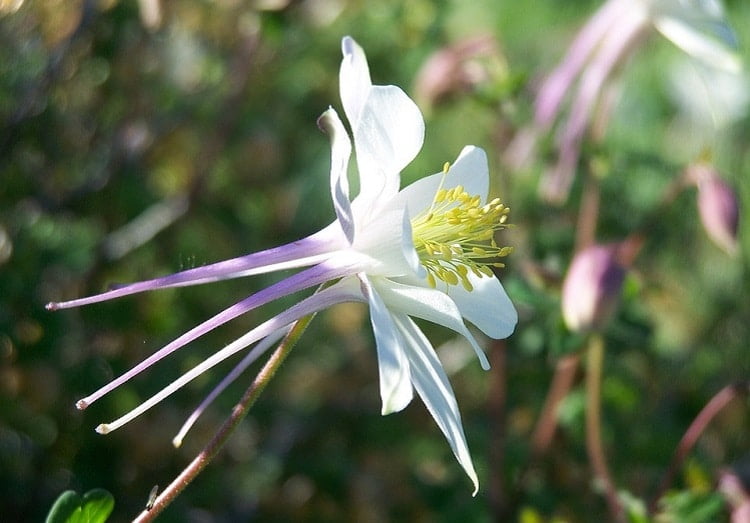
2. Columbine Flowers
While different varieties of this flower are native absolutely everywhere in the US, we cannot say the same about its top pollinator. We are talking about the hummingbird, which lives mostly in the warmer regions. From time to time, you might spot several of them populating an area with a temperate climate, so don’t miss the chance to plant some columbine flowers.
This bloom thrives perfectly well in a shaded place, growing from a soil that is relatively moist. The plant should already be in your garden during spring, as it’s the moment of blooming. By the start of summer, the blooms should already be sturdy enough to welcome the hummingbirds that migrate in the region. Their shape is perfect for the birds, and the spurs host enough nectar to satisfy them.
3. Switchgrass
Although it looks wild and unorderly, this type of grass shouldn’t miss from any native gardening setting. First of all, it represents the perfect ground cover for all seasons. Switchgrass can resist during winter, so you no longer have to perform special operations before and after the cold season goes away. It’s perfect even in arid areas, and you can grow it both in a shaded spot or leave it in full sun.
Apart from completing your landscape, switchgrass is a perfect refuge for a series of animals. Starting from small insects and birds, you might end up attracting rabbits which, in turn, come with a series of predators after them. Therefore, this type of grass will turn your garden into a complete ecosystem.
Replacing Invasive Plants with Natives
You can opt for native gardening for environmental reasons, but you can do it for cosmetic reasons as well. Invasive plants expand really quickly, and they can take over your garden in no time. Apart from the aesthetic part, they can prevent other plants from growing, so you should get rid of them immediately.
Shooting Stars
Here are a few replacement options you can try. For instance, lily of the valley colonies can easily become dominant in an environment. Shooting stars is a similar plant that is native to the US and can grow in almost the same conditions. This includes a moist soil in relatively shaded places.
Cinnamon Fern
Many ferns are native to our entire country, but some of them are invasive. Let’s take ostrich fern, for instance, that takes over all plants that surround it. The best alternative is a cinnamon fern, that grows more slowly and populates shady places.
Labrador Violet
People are so desperate about groundcovers since this solution is extremely low maintenance. Your garden gets covered in plants, so you no longer have to plant new species and take good care of them. For this, many people use periwinkle, but this plant easily displaced anything that grows around it. You can replace it with Labrador violet, a similar plant that won’t turn invasive. Also, this plant is great for the fauna, as birds usually consume its seeds.
Wild Ginger
In terms of groundcover, people also use non-flower alternatives like wintercreeper. However, this plant expands and ends up growing on trees. If you don’t want to switch to the flowering Labrador violets, you can always opt for wild ginger. This plant looks even better, as it has larger leaves and a soft texture that is friendly to the touch.
American Cranberry Bush
This option is for those daring people that want bold plants in their garden. People often choose to grow burning bush for its fiery red leaves. However, what they don’t know is how easy it spreads, getting bushy and shadowing other native plants. You won’t have to abandon the pretty leaves forever, as American cranberry bush is the perfect replacement. The foliage looks even better and, as a big plus, you can harvest the berries near the end of the season.
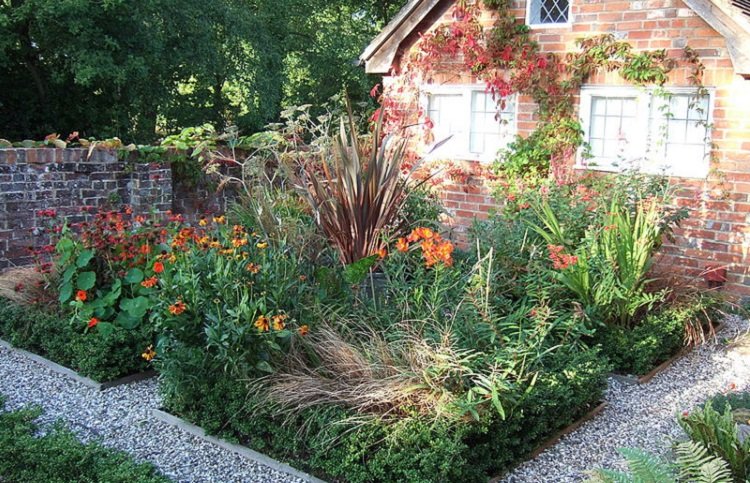
Summing Up
Native gardening means going all natural and bringing native species of plants in your garden. It’s a great way to help the environment by offering a place for animals and insects to thrive. Moreover, this type of landscaping is extremely low maintenance. The native plants are already used to the conditions in the area, and they can survive both droughts and extreme cold. This means you don’t need to do some special fertilizing operations, and you can even save a lot of water as well.
Image source: Flickr





